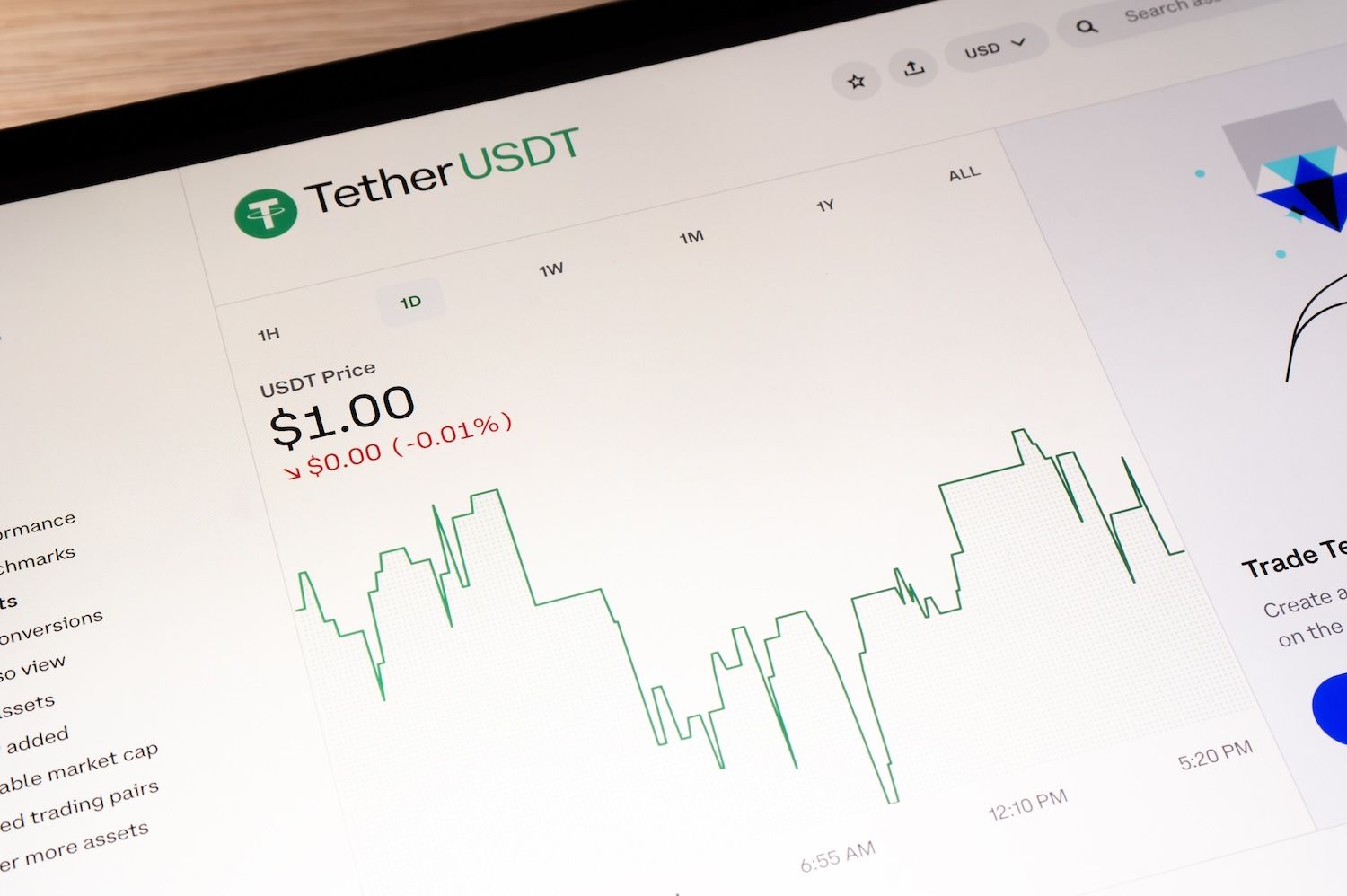TRON Shatters Records: $13 Billion USDT Exodus From Major Exchanges Sparks Frenzy
TRON just moved mountains of stablecoin liquidity—and the market's taking notice.
The $13 Billion Shift
Major exchanges watched as a staggering $13 billion in USDT flowed onto the TRON network. That's not just movement—it's a tidal wave of capital repositioning itself away from traditional trading hubs. Think liquidity migration on steroids.
Why TRON? Why Now?
Lower fees. Faster settlements. And a network that's increasingly becoming the go-to highway for large-scale stablecoin transfers. Traders aren't just experimenting—they're voting with their assets. And right now, they're voting for efficiency over legacy infrastructure.
Market Impact: Beyond the Hype
This isn't just a record—it's a signal. When this volume moves, it shakes liquidity pools, impacts arbitrage opportunities, and frankly, makes traditional finance look like it's stuck in dial-up mode. Banks might still be charging wire fees while crypto redefines value transfer at scale.
Another day, another reminder that while traditional finance debates spreadsheets, blockchain moves billions before lunch. Maybe Wall Street should take notes—or just keep collecting those overdraft fees.

What to Know:
- TRON processed over $13 billion in USDT transfers in a single day, marking the third-highest volume ever recorded on the blockchain
- Binance accounts for more than 65% of TRC-20 USDT transfers among major exchanges, with HTX contributing 18% and Bybit adding 5%
- TRX price is consolidating between key moving averages, with bulls defending the 200-day support at $0.342 while facing resistance near $0.354
Exchange Integration Drives Network Adoption
Major cryptocurrency exchanges have increasingly integrated TRC-20 USDT transfers throughout late 2024, reflecting growing institutional and retail demand for TRON-based stablecoin transactions. The network's appeal stems from consistently low fees and rapid transaction execution, making it attractive for high-volume transfers.
Analyst Darkfost highlighted the trend as a clear indicator of TRON's strengthening position in the stablecoin ecosystem. Exchange integration has accelerated since late 2024, with on-chain volume density from centralized platforms rising significantly.
This pattern suggests deeper structural reliance on TRON's infrastructure rather than temporary usage spikes.
The August 22 volume surge represents more than just a single day's activity. It demonstrates how TRON has positioned itself as critical infrastructure for global stablecoin settlement, competing directly with established networks like ethereum for USDT transaction processing.
Market Leaders Concentrate Activity On TRON
Binance dominates TRC-20 USDT activity among major exchanges, processing approximately 65% of total transfers. HTX follows as the second-largest contributor with 18% of volume, while Bybit accounts for an additional 5%. These three platforms collectively demonstrate how industry leaders have embraced TRON's network for stablecoin operations.
The concentration of activity among top-tier exchanges indicates institutional confidence in TRON's technical capabilities and operational reliability. Unlike smaller networks that might struggle with sudden volume spikes, TRON has consistently handled massive transaction loads without significant performance degradation.
This market structure also creates network effects that reinforce TRON's position.
As more exchanges adopt TRC-20 USDT, users gravitate toward the network for its liquidity and accessibility, creating a self-reinforcing cycle of adoption and usage.
Technical Analysis Shows Price Consolidation
TRX currently trades around $0.348 after declining from recent highs NEAR $0.37. The cryptocurrency found support at its 200-day moving average around $0.342, where buyers intervened to prevent further declines. This level has historically served as a crucial foundation during market corrections.
The price action shows TRX consolidating between the 50-day moving average at $0.354 and the 200-day support.
This range reflects market indecision as traders assess whether recent highs represented a temporary peak or a sustainable breakout. Volume patterns suggest accumulation rather than distribution, indicating potential upside bias.
Bulls face a clear challenge in reclaiming the 50-day and 100-day moving averages, which cluster between $0.354 and $0.356. A successful breakout above this resistance zone could trigger renewed buying interest and target the previous high around $0.37. Conversely, failure to hold the 200-day average WOULD expose the next support level near $0.335.
Understanding Key Cryptocurrency Terms
TRC-20 represents TRON's token standard, similar to Ethereum's ERC-20 format. USDT, or Tether, is a stablecoin pegged to the US dollar that maintains relatively stable value compared to volatile cryptocurrencies. Moving averages are technical indicators that smooth price data over specific time periods, helping traders identify trends and potential support or resistance levels.
Centralized exchanges serve as intermediaries where users buy, sell, and trade cryptocurrencies. On-chain activity refers to transactions recorded directly on the blockchain, as opposed to internal exchange transfers that don't appear on the public ledger.
Stablecoins like USDT have become essential infrastructure for cryptocurrency trading and transfers. They provide a way to MOVE value quickly between different platforms and cryptocurrencies without exposure to price volatility, making them particularly useful for institutional operations and cross-border payments.
Market Outlook
TRON's record-breaking stablecoin volumes demonstrate the network's growing importance in cryptocurrency infrastructure, even as TRX price experiences typical market volatility. The combination of technical support levels and fundamental network growth suggests potential for continued adoption regardless of short-term price movements.

